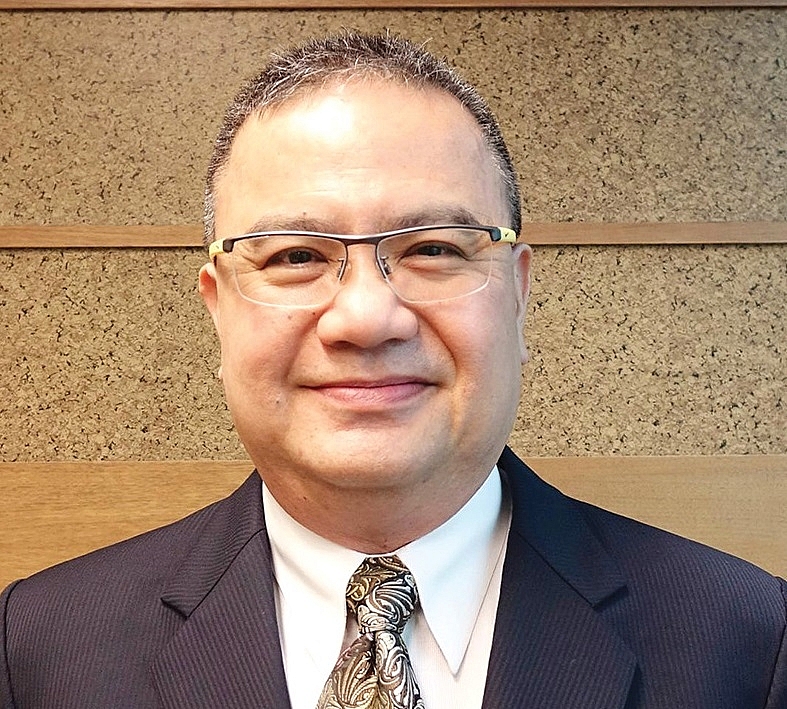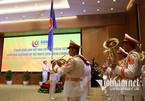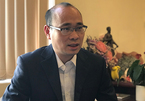 |
|
Danny Lee, former director of Community Affairs Development in the ASEAN
|
Major companies are not the only businesses affected by this outbreak. In fact, small- and medium-sized enterprises (SMEs) are amongst the worst hit as few have the financial buffer to weather the storm.
When I was in Nanning, in southern China, at the start of February on business, only a handful of restaurants were open for service, and some of them had to restrict their business to takeaways as official restrictions tightened over the following few days. I had been travelling to Nanning every month and the severe crunch on business owners was obvious. Some of my regular eating places employ about two dozen staff and with the extended Lunar New Year break, these owners were bearing the overheads such as rentals and salaries – all without revenue as the restaurants were closed. Across the region, news of no-pay-leave and lay-offs were also emerging with alarming regularity.
At the time of writing, the words of Singaporean Prime Minister Lee Hsien Loong loomed at the back of my head. In an interview with CNN, PM Loong cautioned that “flattening the curve” will not last for just a few months, but it could take up to a year or possibly 18 months. While governments across the world have pushed out supportive measures, it is also apparent that a collective global and regional effort is necessary not only to control and beat the pandemic, but also to pull everyone out of recession.
On that count, we are fortunate to be in the ASEAN – one of the fastest-growing regions in the world. As the director for Community Affairs Development, I used to brief visiting groups to the ASEAN Secretariat in Jakarta. One of the points which I regularly pointed out was the fast growth in our grouping, as our cities grow. We are also blessed with a young population that is eager to explore and prosper.
This is apparent in the growth of products and services in the region. Vietnam’s G7 coffee was among the first products to gain popularity in Singapore about seven years ago. Today, the So Pho restaurant is a common sight in many of our malls, a testimony to the growing interaction in the ASEAN.
This was one of the reasons that prompted me to start a small business of my own. After talking up the bloc and our partners all these years, I am putting my money where my mouth is. And despite the dire economic conditions we are in now, I remain optimistic about the growth in our region.
In an article on the multiplicative effects of the Regional Comprehensive Economic Partnership (RCEP) on ASEAN trade, Sithanonxay Suvannaphakdy, lead researcher for economic affairs at the ASEAN Studies Centre with the ISEAS-Yusof Ishak Institute, pointed out some important statistics. The RCEP offers opportunities in the form of a huge market of $24.8 trillion and over 2.3 billion people. In 2018, the combined GDP of the RCEP (on a purchasing power parity basis) is greater than that of other trading blocs such as the European Union and the North American Free Trade Agreement. In Asia, the combined GDP of the RCEP is about five times that of the members of the ASEAN Free Trade Area, and about three times that of other Asian countries, including India. Within the ASEAN, we are doing pretty well too. “In 2018, the ASEAN’s total trade in goods stood at $2.8 trillion, 34 per cent of which was accounted for by the bilateral trade between the ASEAN and five of its dialogue partners and 23 per cent was accounted for by intra-ASEAN trade,” stated the report.
Moreover, it says, total inflows of foreign direct investment (FDI) in the ASEAN were recorded at $152.8 billion in 2018 – 25 per cent of which was sourced from its dialogue partners and 15 per cent from ASEAN countries. “Taken together, values of intra-RCEP trade and investment already account for 57 per cent of total trade and 40 per cent of total FDI inflows in ASEAN, respectively,” it added.
These are the numbers which give me the confidence to continue with my business plans, despite the downturn brought by the pandemic. However, there is still a lot of work to be done. There are countless SMEs in the region and they are the backbone of many regional economies, but many do not have access to this huge network and its immense potential.
As such, platforms like the annual China-ASEAN Expo (CAEXPO) in Nanning are extremely important not only to showcase products and services, but also to know and network with fellow business people. Over the years, the CAEXPO has grown in size and I have noticed new partners participating year after year. This augurs well for the many small businesses participating in the flagship event. For countless business owners who could not participate in person, it would help greatly if their respective governments can find ways to link their SMEs with their regional counterparts, especially the new business owners. The RCEP market is huge and dynamic and member governments should see the opportunities it provides for their domestic economies. With the high penetration of mobile phones among our people, digital marketing and e-commerce is an important area which our growing urban young people can tap into.
The ASEAN is rich in products and exports – take coffee for example. According to Statista.com, two ASEAN member states are among the top five coffee producing countries in the world in 2018, with Vietnam at number two and Indonesia fourth. Despite the outbreak, coffee prices have defied the global rout with prices in Brazil close to record levels – nearing £85 ($105.2) per 60-kilogramme bag, according to the United Kingdom’s Daily Mail. Within the RCEP, China’s coffee market will continue to be a huge engine for growth. The revenue of the country’s coffee market is expected to be $9.12 billion in 2020, with instant coffee accounting for $8.3 billion.
Amidst the difficulties which the world is facing, the ASEAN is presented with the golden opportunity to get the RCEP endorsed. For the countless SMEs who are reeling or even sunk by the pandemic, the signing of the RCEP could not come sooner as it may provide the kick-start which all economies needed now, and we are counting on that auspicious moment in Vietnam this year. VIR

ASEAN seeks to boost intra-bloc trade
Enhancing intra-ASEAN trade and investment towards a cohesive and responsive ASEAN is one of the shared topics by many regional officials, researchers and policymakers.

Vietnam proposes 14 initiatives for ASEAN 2020
Luong Hoang Thai, director of the Multilateral Trade Policy Department under the Vietnamese Ministry of Industry and Trade, speaks about Vietnam's initiatives for ASEAN 2020.
 The Regional Comprehensive Economic Partnership is to be a driver for the recovery of the ASEAN economy after the coronavirus pandemic is brought under control.
The Regional Comprehensive Economic Partnership is to be a driver for the recovery of the ASEAN economy after the coronavirus pandemic is brought under control.